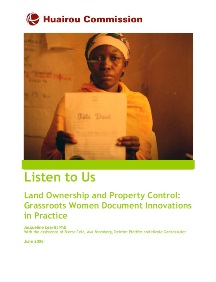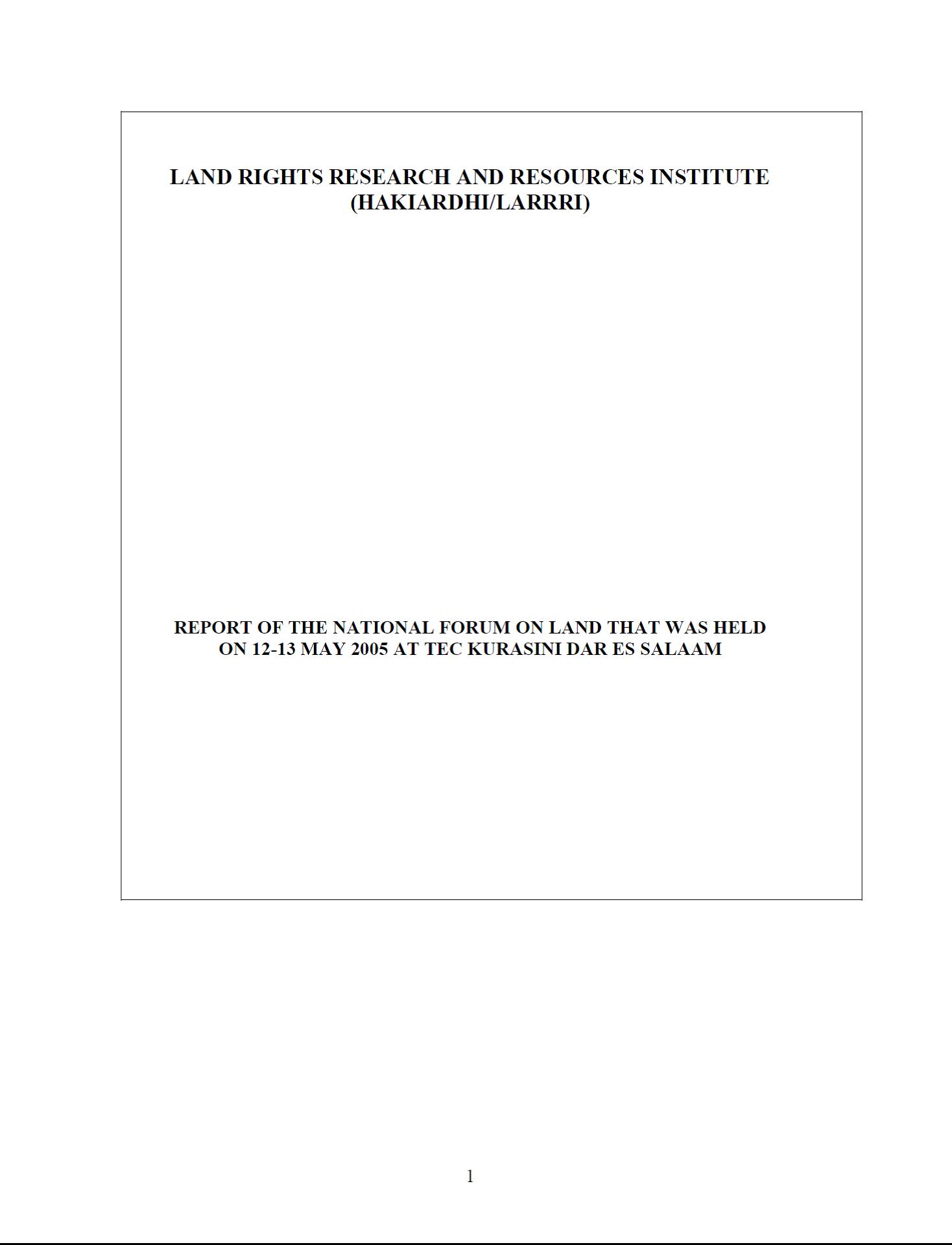Listen to Us: Land Ownership and Property Control
This report presents strategies of grassroots women's organisations in Eastern and Southourn Africa in working toward land tenure security, including home-based care and counselling, increased participation of women in government bodies, raising awareness about land issues, providing support for women's legal procedures, increasing economic security through skill development and microcredit loans as well as leadership development. The report concludes by giving some recommendations for increased effectiveness and scope for these grassroots activities.





